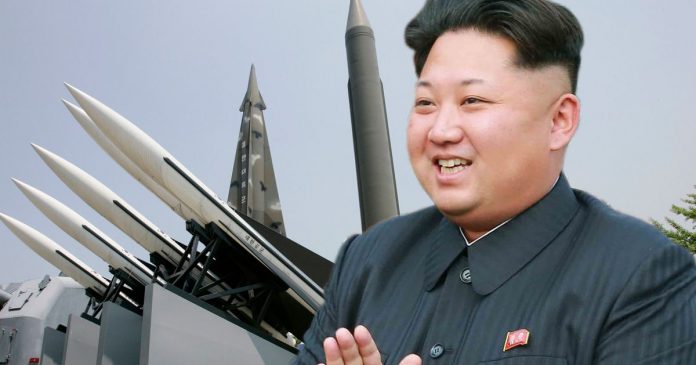Perhaps Kim Jong-un was feeling bored? Perhaps he was feeling unloved? Perhaps he was feeling neglected? Or perhaps all of the above? The Democratic People’s Republic of Korea’s (DPRK) nuclear showmanship is often blamed on such factors.
A ‘back of envelope’ theory in the strategic politics of the Asia-Pacific states that whenever the DPRK’s leadership feels that the interest of the international community in its eccentric behaviour is waning, it metaphorically throws its toys out of its cot. The ‘toy’ in question on 6 January was an alleged thermonuclear weapon, more commonly known as a ‘hydrogen bomb’.
This was not the first time that the DPRK had tested weapons of mass destruction: Its most recent foray, before the early January escapades, occurred on 12 February 2013 when a nuclear device, with a recorded explosive blast of seven kilotons (equivalent to 70000 tonnes of conventional explosives), was detonated underground at the Punggye-ri Test Site in the northeast of the country. Two other similar tests, but with lower explosive yields, were recorded in May 2009 and October 2006.
Yet the 6 January test represents an ‘upping of the ante’ by Pyongyang. Attempts by the DPRK to master a hydrogen bomb signal the regime’s determination not only to enhance the size of its nuclear arsenal, but also the explosive power it can unleash. Without delving too much into the complex physics of a thermonuclear bomb’s modus operandi (admittedly beyond your editor’s intellect to comprehend), such weapons are vastly more powerful than ‘vanilla’ nuclear bombs which only use a single stage design. Hydrogen bombs use a ‘two stage’ design generating yields of 50 megatons (50 million tonnes of conventional explosives), in the case of the Soviet Union’s AN-602 Tsar Bomba (‘King of Bombs’) which was detonated over the Arctic archipelago of Novaya Zemlya on 30 October 1961.
The good news regarding the DPRK’s alleged hydrogen bomb test, the veracity of which was disputed by White House spokesperson Josh Earnest, and members of the global scientific community, was that its recorded explosive yield was measured at circa ten kilotons; far below the ‘bang’ that a hydrogen bomb blast would usually make. The bad news is that, despite global criticism of the 6 January test, which even included strong condemnation from the DPRK’s ally, the People’s Republic of China, this is unlikely to be the last that the international community hears of the DPRK’s nuclear weapons developments.
Increasingly, the periods of relative quiet between the DPRK’s nuclear tantrums seem to illustrate little more than pauses while further research and development is performed on the country’s nuclear arsenal; a process which Mr. Kim is either unwilling or unable to stop. The current lull which has descended over the Punggye-ri Test Site may merely represent Mr. Kim’s search for more nuclear toys to eject from his cot.













